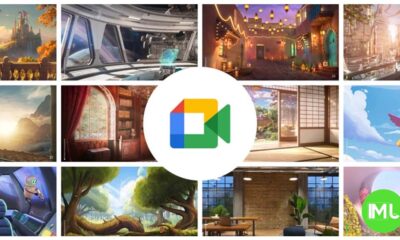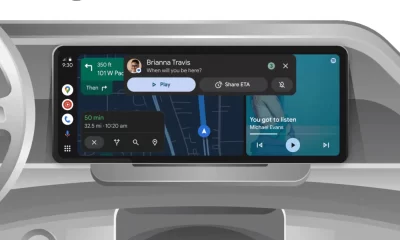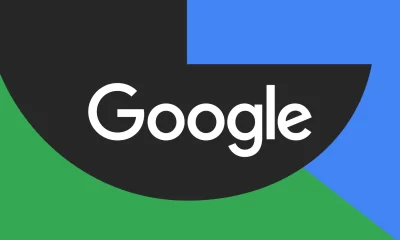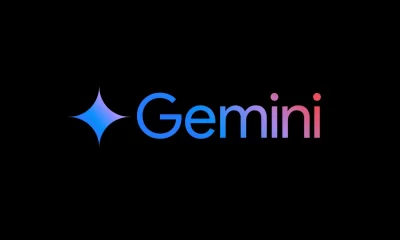Android
Android 15 QPR1 Beta 3 Update: Thicker status bar on Pixel 9 and key fixes for Pixel devices
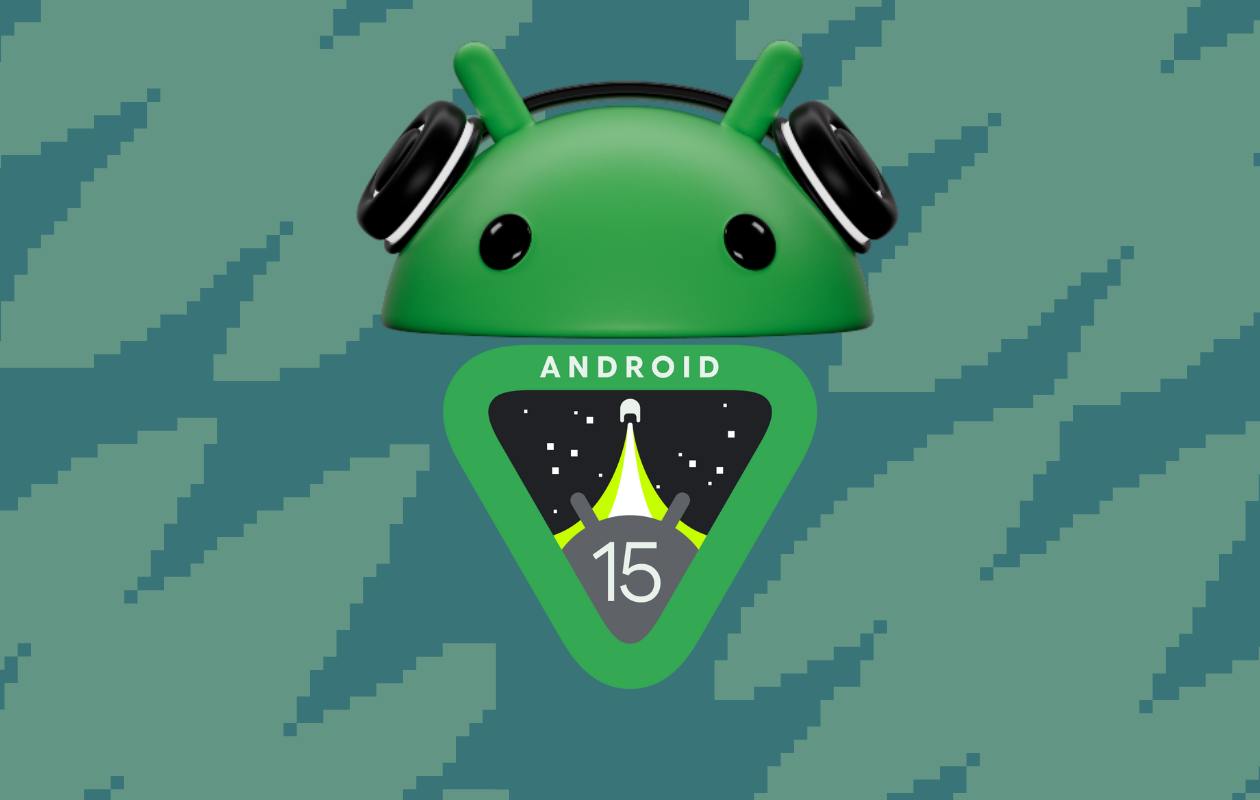
The Android 15 QPR1 Beta 3 brings significant updates to Pixel devices, particularly the Pixel 9 series. A key change is the thicker status bar introduced to better accommodate the large front-facing camera cutout on the Pixel 9 Pro. This adjustment resolves an issue where the selfie camera was too close to the bottom of the status bar, which became noticeable in certain apps like YouTube, especially in Ambient Mode. Now, the status bar has been raised to provide more clearance, improving the overall visual experience.
This change is evident across the Pixel Launcher and apps, where items on the screen now sit slightly lower. The update provides a more balanced look, especially when watching videos. Users with Pixel 9 and Pixel 9 Pro XL devices will notice the improved status bar height across the entire interface.
Key Improvements and Bug Fixes
Google has rolled out Android 15 QPR1 Beta 3 to Pixel devices, marking what is likely the final major beta before the official December launch. It comes about six weeks after the previous release, addressing a range of issues. While no new images are available yet, over-the-air (OTA) updates are now live for installation.
The Quarterly Platform Releases (QPR) tend to offer more substantial changes compared to regular monthly updates, which focus mainly on bug fixes. These releases often introduce new features and user interface (UI) tweaks, ideal for refining the Android experience ahead of the next major version.
Here are some of the major fixes included in Android 15 QPR1 Beta 3:
Notifications and System Issues
- Notification display bug: A bug causing notifications to appear cut off has been fixed.
- System memory paging: Some devices previously experienced crashes or restarts due to memory issues, which have now been resolved.
- Volume button functionality: Problems with volume controls when connected to certain Bluetooth devices have been fixed.
Home Screen and UI Problems
- App icons issue: A bug that caused some app icons to display as default system icons rather than their actual icons has been fixed.
- Multi-user switch issue: Users reported slow performance and occasional crashes when switching between primary and secondary users. This issue has now been addressed.
- System UI crash: A problem that caused the system interface to crash has been fixed.
- Foldable device issue: Foldable devices were experiencing blank screens when unfolded, which is now resolved.
Additional Resolved Issues
- Heads-up notifications: The update fixes an issue that sometimes prevented users from interacting with heads-up notifications.
- System crash during bug reports: The system would sometimes crash when a bug report was taken; this has now been fixed.
- Bluetooth improvements: A crash related to Bluetooth device resources has been fixed, and LE Audio volume control has been enhanced, allowing individual volume adjustments for each connected Bluetooth device.
Pixel Devices Supported
Android 15 QPR1 Beta 3 is available for a wide range of Pixel devices, including:
- Pixel 6, Pixel 6 Pro, Pixel 6a
- Pixel 7, Pixel 7 Pro, Pixel 7a
- Pixel 8, Pixel 8 Pro, Pixel 8a
- Pixel 9, Pixel 9 Pro, Pixel 9 Pro XL, Pixel 9 Pro Fold
- Pixel Tablet, Pixel Fold
Users can install the update via the Android Beta Program or through manual flashing or sideloading. While factory images and OTA downloads are not yet available for some devices, updates can be accessed over the air for those enrolled in the Beta Program.
Conclusion
Android 15 QPR1 Beta 3 continues Google’s trend of refining the user experience on Pixel devices, particularly with the larger camera cutout on the Pixel 9 Pro. With significant bug fixes, Bluetooth improvements, and better UI adjustments, the beta brings Pixel devices closer to a smoother, more stable Android experience ahead of the full release in December.
Android
Easy ways to change Android Auto’s look with light and dark themes
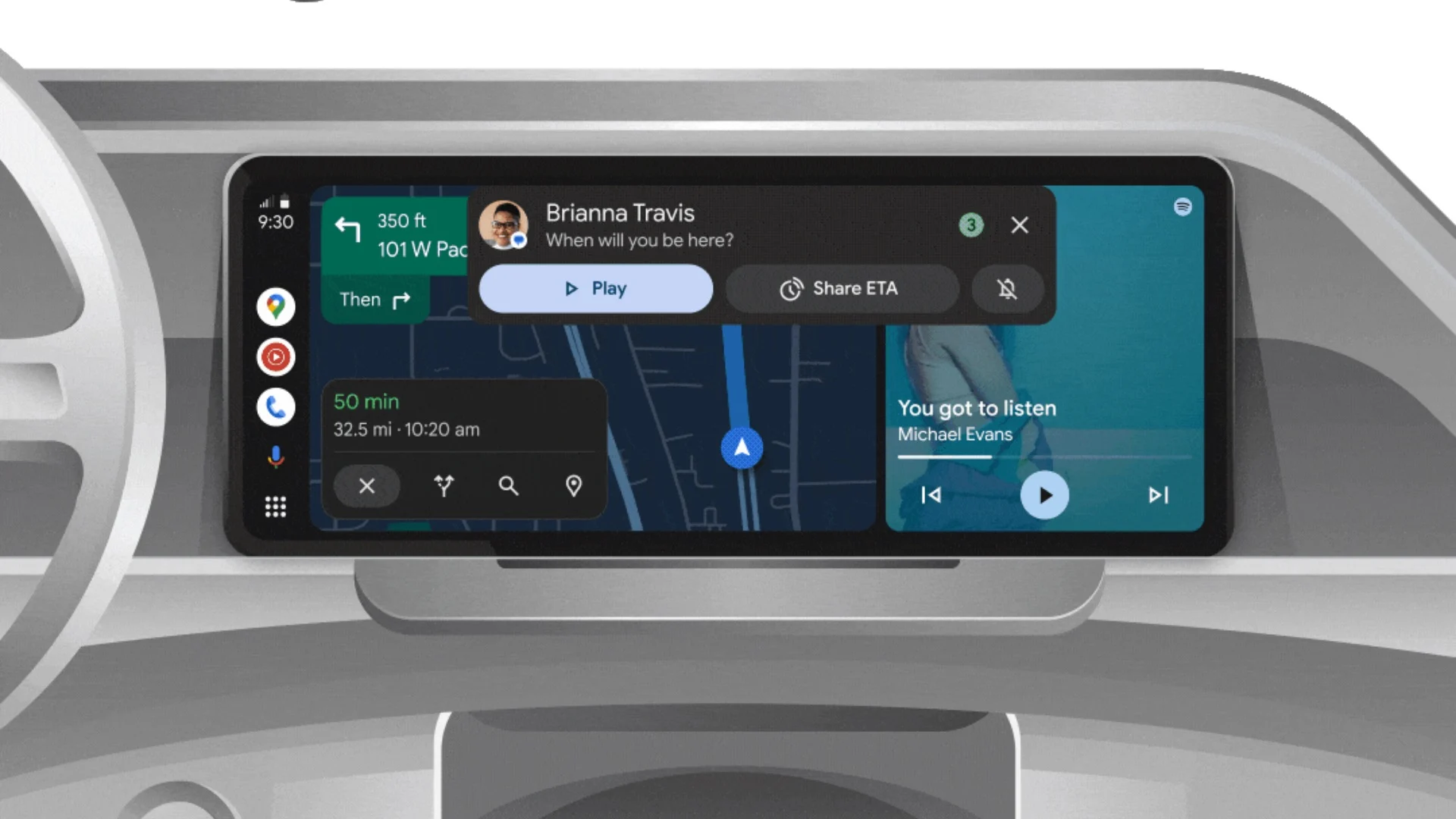
Android Auto is a helpful tool that lets you use your phone’s apps safely while driving. It connects your phone to your car’s screen, making it easier to use maps, music, and calls. One of the features many people like is the ability to change how Android Auto looks by switching between light and dark themes.
How to switch between light and dark themes
Android Auto offers two main themes: light and dark. The light theme uses brighter colors, which can make the screen easier to see during the day. The dark theme uses darker colors, which can be more comfortable for your eyes at night or in low light.
To change the theme, follow these steps:
- Open the Android Auto app on your phone.
- Go to the settings menu.
- Find the “Theme” option.
- Choose between “Light,” “Dark,” or “Set by car” (this lets your car decide the theme based on the time of day or your car’s settings).
Why themes matter
Using the right theme can make driving safer and more comfortable. The light theme is good for bright days, while the dark theme helps reduce glare at night. Having these options means you can pick what works best for you, making Android Auto easier to use in any condition.
In short, Android Auto’s theme options are simple to use and help you drive more safely by making the screen easy to see, no matter the time of day.
Android
Google’s New Updates: Gemini 2.5 Pro, Android 16 features, and Messages change
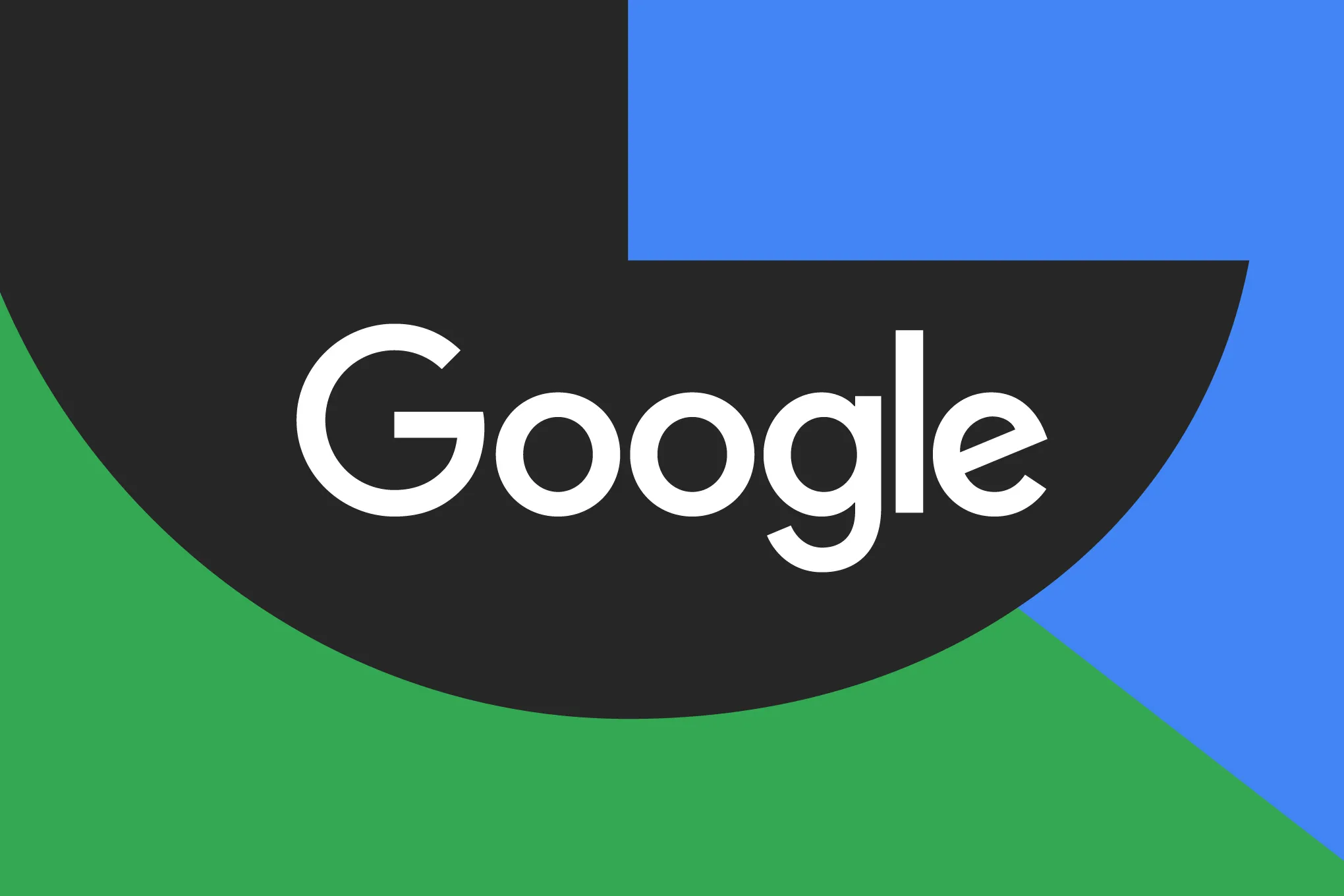
Google has just rolled out some exciting updates across its services and apps. Here’s a simple breakdown of what’s new and what it means for you.
Gemini 2.5 Pro is here
Google has launched Gemini 2.5 Pro, the latest version of its AI model. This upgrade brings smarter and faster responses, making it easier for users to get helpful answers. Gemini 2.5 Pro is now available in Google’s AI Studio and Vertex AI, so developers can build even better tools and apps using this technology.
Android 16 brings more customization
Android 16 is adding new ways to personalize your phone. One of the standout features is the ability to hide the clock on your lock screen, giving you a cleaner look if you want it. This is part of Google’s push to let users make their phones feel more unique. There’s also a new animation for the power button, making the experience smoother and more modern when you turn your phone on or off.
Google Messages removes the unsubscribe button
If you use Google Messages, you might notice that the “Unsubscribe” button is gone from some business messages. Google has removed this feature, so users now have to find other ways to stop unwanted texts. This change might make it a bit harder to manage spam, but Google hasn’t said why the option was removed.
What does this mean for you
These updates show that Google is focused on making its products smarter and more personal. Whether you’re using AI tools, customizing your phone, or managing your messages, you’ll see some changes that aim to improve your experience.
Android
Here’s what’s new with Google Keep and Android Automotive apps

Google Keep is getting a fresh look with the new Material You design, making it more colorful and easier to use on Wear OS smartwatches. The update brings bigger buttons and clearer text, so you can quickly jot down notes or check your lists right from your wrist. This makes Google Keep more handy when you’re on the go and don’t want to pull out your phone.
On another front, Android Automotive is improving how apps show information while you drive. Instead of opening full apps, you’ll see simple cards on your car’s screen that give you important details at a glance.
These cards help keep your focus on the road by showing things like music controls, navigation updates, or reminders without distractions. This new card system is designed to work smoothly with apps like media players and navigation tools, making your driving experience safer and more convenient.
Together, these updates show Google’s effort to make its apps smarter and easier to use in everyday life, whether you’re walking around with your smartwatch or driving your car. The focus is on clear, simple designs that help you get things done quickly without hassle.
In short, Google Keep’s new look on Wear OS and the smart cards in Android Automotive are small but useful changes that make tech fit better into your daily routine.
-
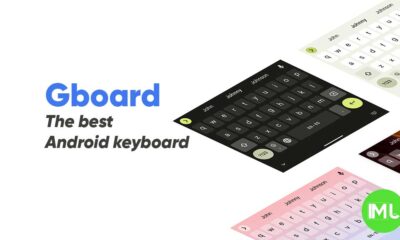
 Apps1 year ago
Apps1 year agoGboard Proofread feature will support selected text
-
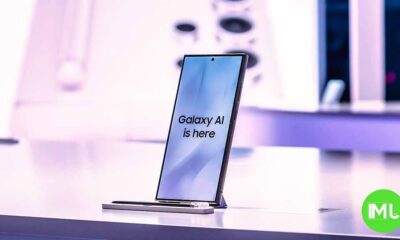
 News1 year ago
News1 year agoSamsung USA crafting One UI 6.1.1
-

 Apps1 year ago
Apps1 year agoGoogle Contacts app testing new Besties Widget
-
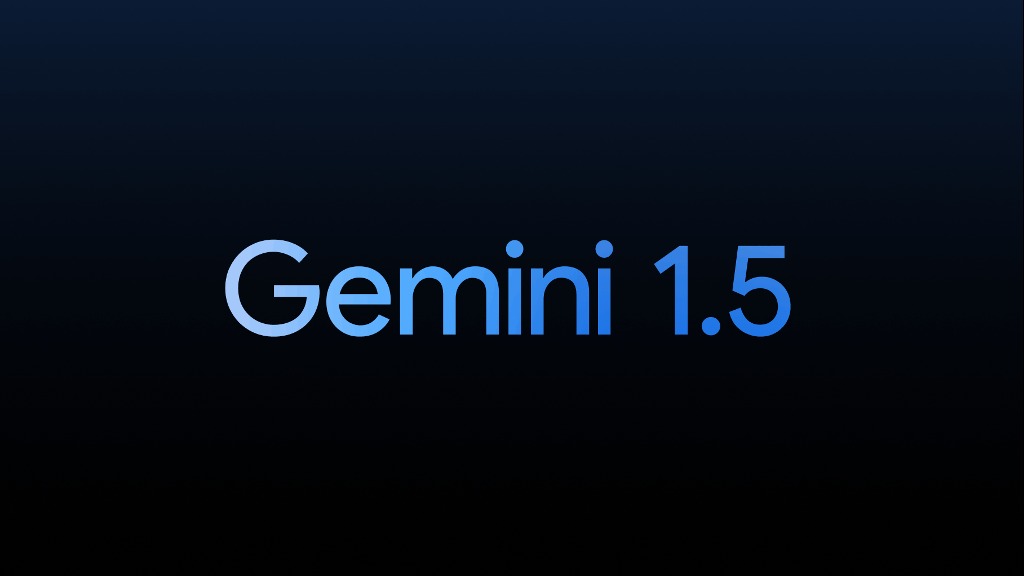
 AI12 months ago
AI12 months agoGoogle Pixel 9 Pro may come with a complimentary one-year Gemini Advanced subscription
-
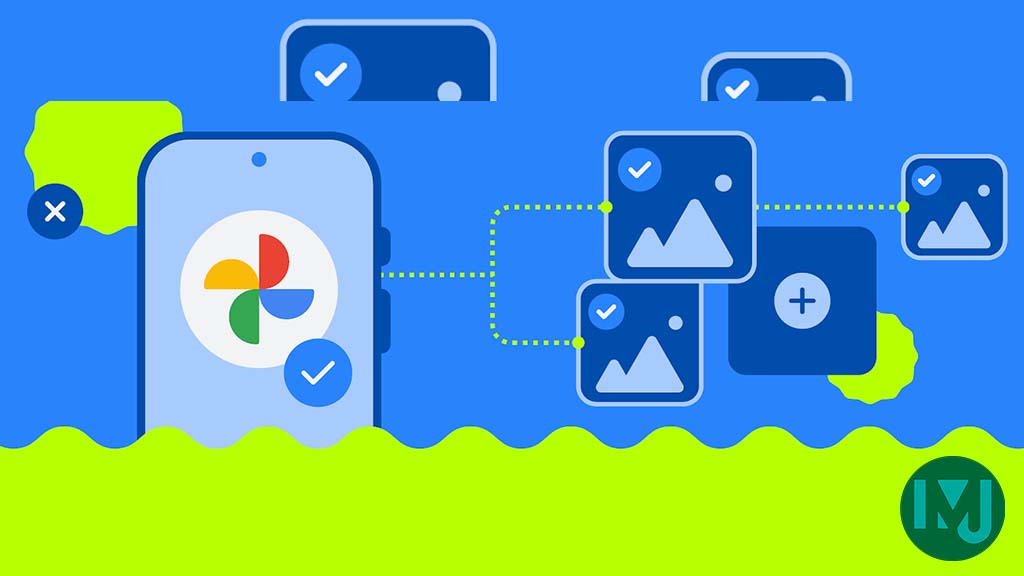
 Apps12 months ago
Apps12 months agoGoogle working on a new video editing feature for its Photo app
-

 News1 year ago
News1 year agoBreaking: Samsung Galaxy S22 may get Galaxy AI features
-
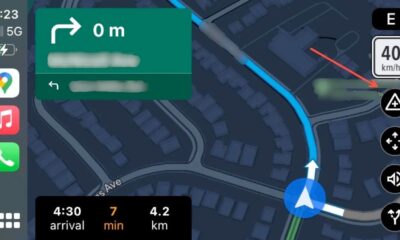
 Apps12 months ago
Apps12 months agoGoogle Maps lets you report traffic jams and accidents on Apple CarPlay, but not on Android Auto
-
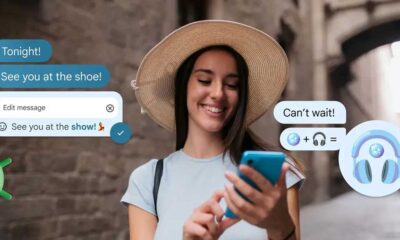
 Apps1 year ago
Apps1 year agoGoogle Messages app will transform MMS chats into RCS

